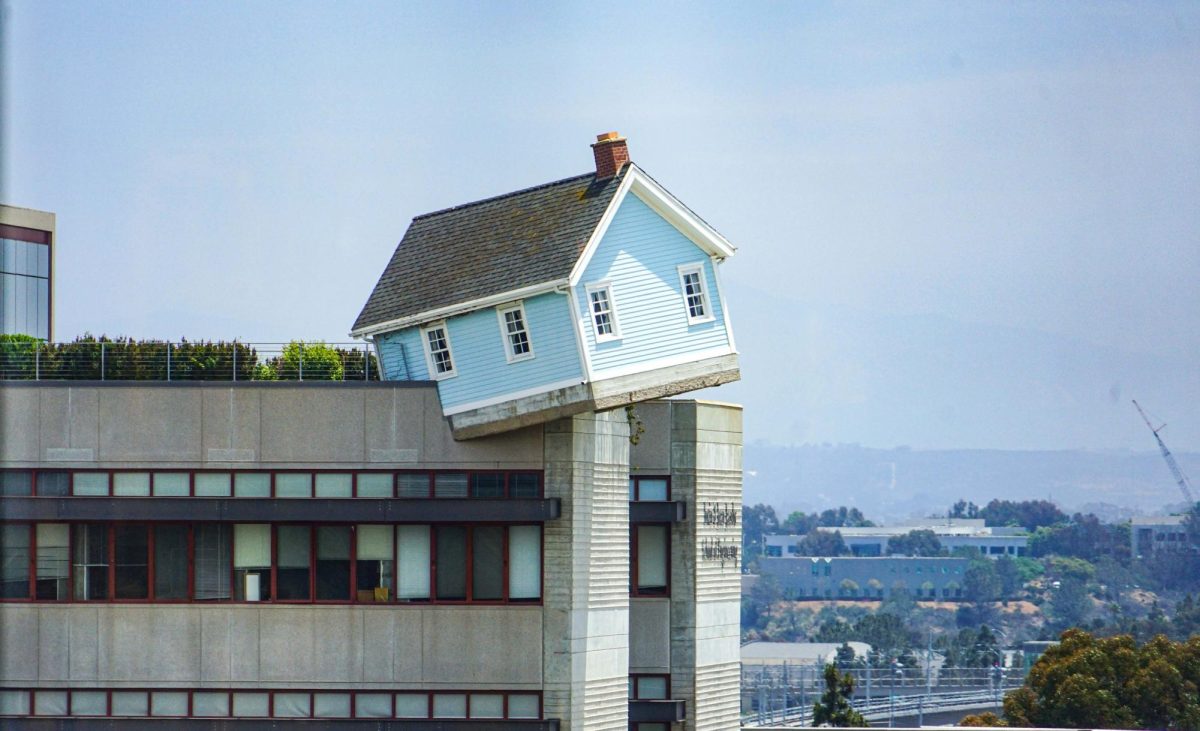In April 2022, The UCSD Guardian staff writer Benjamin Liou wrote an article regarding UC San Diego’s failure to correct the detrimental housing crisis. Liou stated that the lack of funds being allocated toward the construction of residence halls had been preventing the implementation of universal housing at UCSD. The statistics in Liou’s article continue to be relevant over a year later as our university still struggles to house its student body, an issue that persists at the majority of UC campuses. The UC Board of Regents is partly to blame; they have repeatedly mishandled the situation and have constantly failed to take the necessary steps toward housing security on a larger scale.
The UC system has consistently perpetuated its controversial reputation of poor student housing; a whopping 1 in 20 students across the UC campuses are homeless. The UC Board of Regents has acknowledged the university’s shortage of housing accommodations, approving campus plans that would add 8,000 student housing units in an attempt to reach their goal of adding 22,000 beds across all campuses by 2028. While this may be encouraging news for prospective students, the initiative is optimistic at best and will be challenging to implement in a timely manner due to the large-scale construction projects it requires. In addition, with the UC schools increasing student admissions, it is questionable whether or not these new beds will truly make a dent in improving the housing crisis. Already, the increase in enrollment is causing a major strain on campus resources. In an interview with the San Diego Union-Tribune, UC Chief Financial Officer Nathan Brostrom reported that “since enrollment also has increased, the share of students with campus housing has risen only modestly.”
However, these plans still fail to address the current and urgent need for residence halls and respectable living spaces for students. In 2020, 9% of UC Santa Cruz students claimed to have experienced housing insecurity of some form. Now, the problem persists as the university currently has the space to house only under half of its undergraduate population. The UC Board of Regents approved a housing construction initiative at UCSC known as Student Housing West that would provide housing for nearly 3,000 students, but the project was delayed due to various environmental lawsuits. The first phase of the project was completed this year but still yielded minimal results due to student over-admittance and its effect on housing for the 2023-24 academic year. Many students are now desperate for a spot in UCSC’s infamous camper park, student housing in the form of a trailer, which UCSC has described as “a unique alternative to on-campus housing.”
At UC Santa Barbara, vehicular living plagued the student body in 2021, when hundreds of students had no place to live. The university’s inability to provide adequate student housing was such a pressing issue that it required Santa Barbara County’s intervention. The county filed a lawsuit against UCSB for its “failure to comply with its housing obligations” to students. The lawsuit referenced UCSB’s duty to build more on-campus housing units to accommodate soaring enrollment rates, but the university failed to honor the contingency when the time came to provide for the student body. This led to the proposal of the massive Munger Hall residence space that was heavily endorsed by the UC Board of Regents. Munger Hall would have added an additional 3,500 beds on campus but was canceled due to its controversial and inhumane architectural design.
In order to avoid homelessness, students who are unable to obtain housing from their UC campus must search for a home elsewhere. However, UC campuses are conveniently located in predominantly higher-income areas, which forces students to pay the price of the financially competitive housing market. Rent costs around UC Berkeley’s campus average 4% higher than the city of Berkeley’s average, which is already 48.42% higher than the national average. Only 23% of UC Berkeley’s undergraduate students have on-campus housing and are lucky enough to avoid these steep costs. The remaining 77% of students who are residing off-campus must pay the price for their university’s housing crisis.
UCLA, however, overcame this UC-wide issue and became the first campus to guarantee four years of housing to undergraduate students and two years of transfer housing in their 4:2 Housing Plan. The university achieved this by limiting undergraduate enrollment and under-enrolling students for the last few admissions cycles. UCLA admitted fewer students than any UC despite having the most applications. The university has also focused its attention on the construction of the Olympic and Centennial residence halls for the past two years. The new housing units offer 621 rooms and honor housing accommodations for 1,800 students. UCLA’s housing plan should serve as an example and be instituted throughout all UC campuses.
The UC system’s housing crisis affects the livelihood of the entire UC student population. Homelessness and housing insecurity will continue to surge with a lack of adequate and effective action. The UC Board of Regents needs to effectively address this issue and implement immediate relief for students while finding long-term solutions to this problem. A mandate on the ethical and achievable construction of residence halls and action against bloated enrollment among UC campuses would be a promising start.










